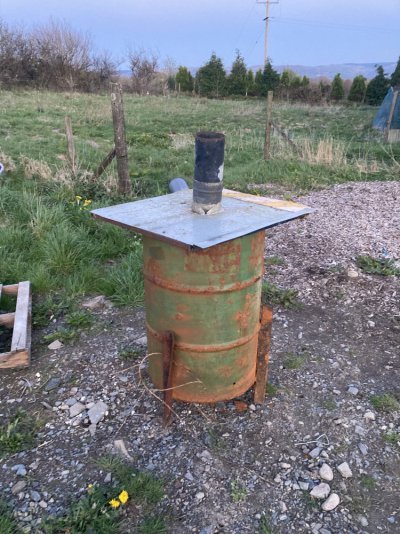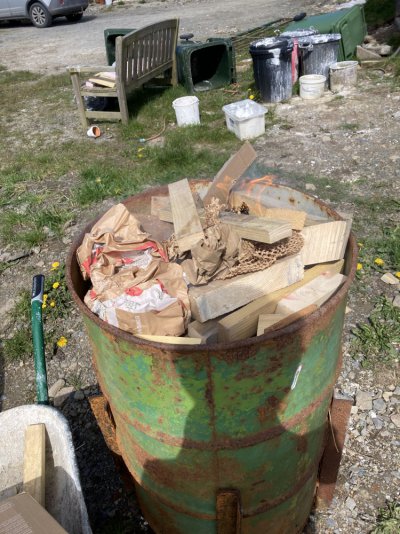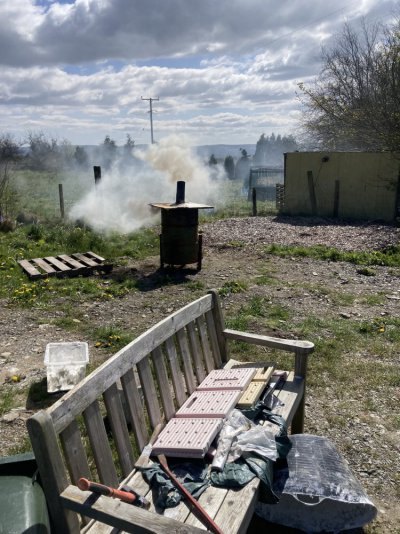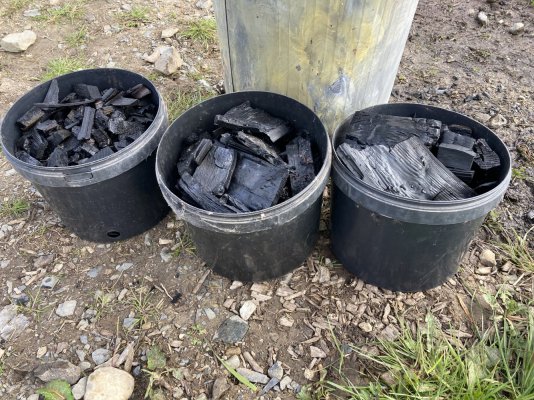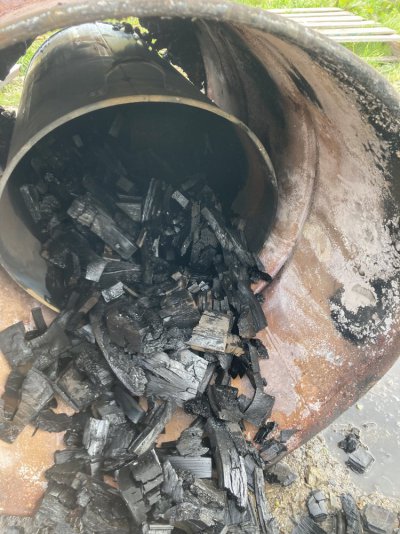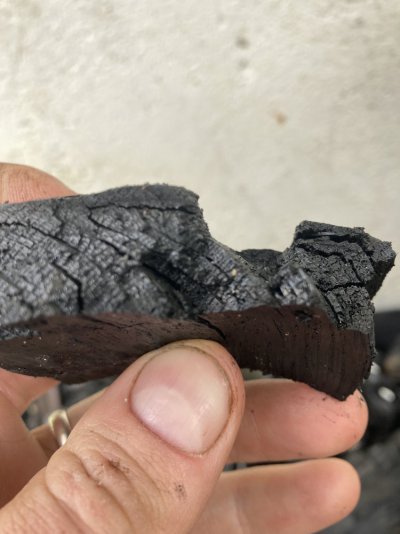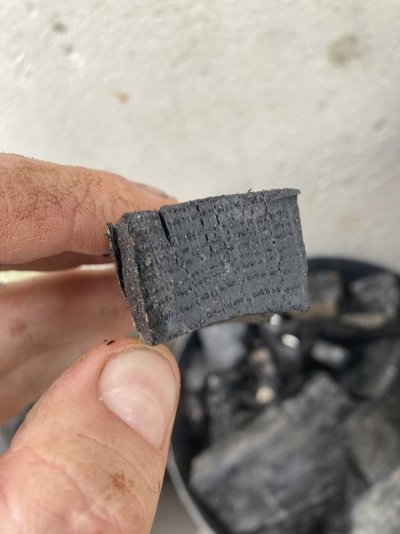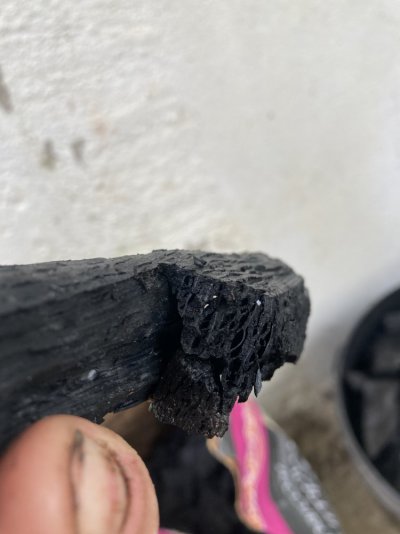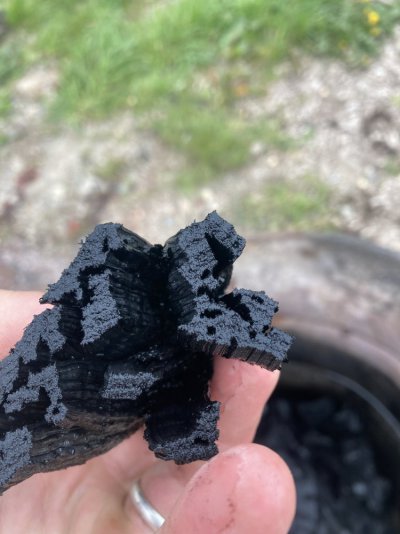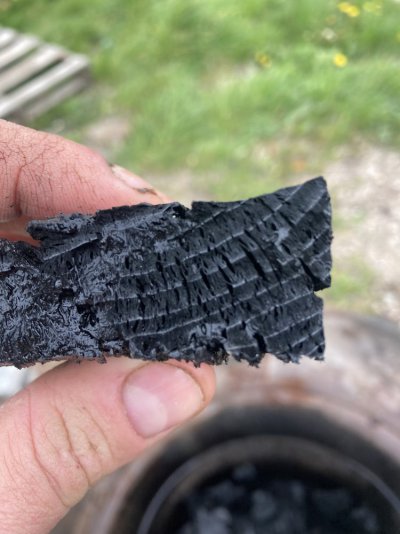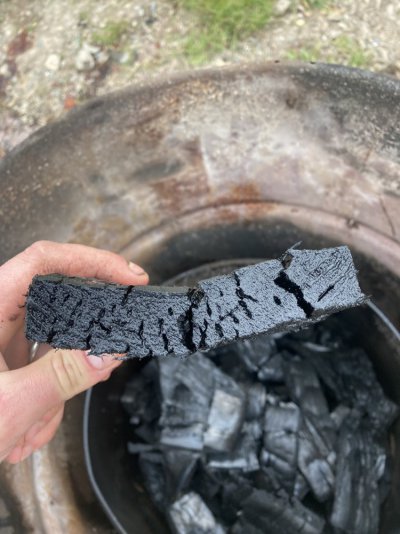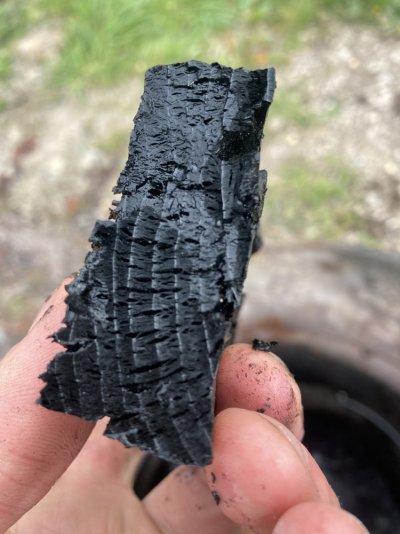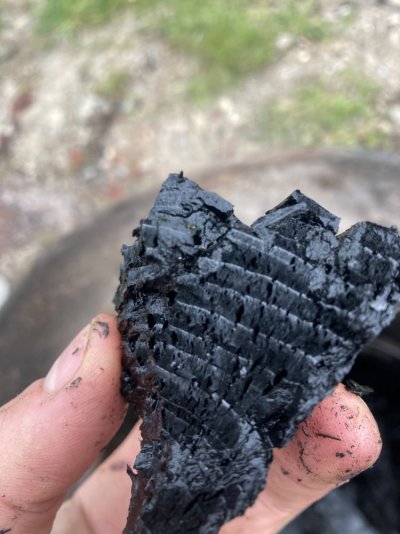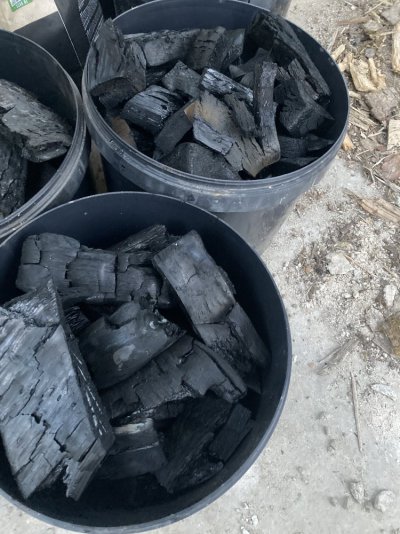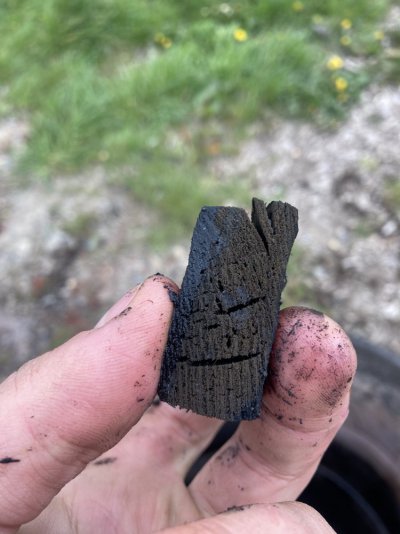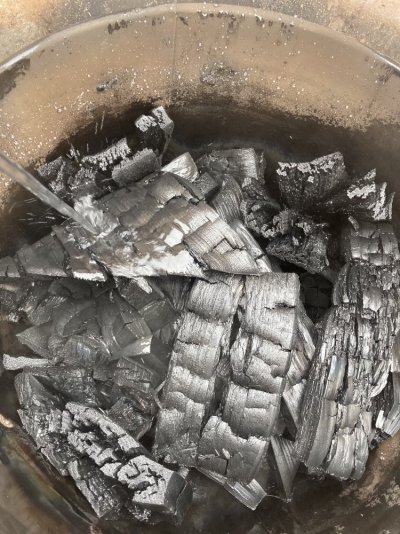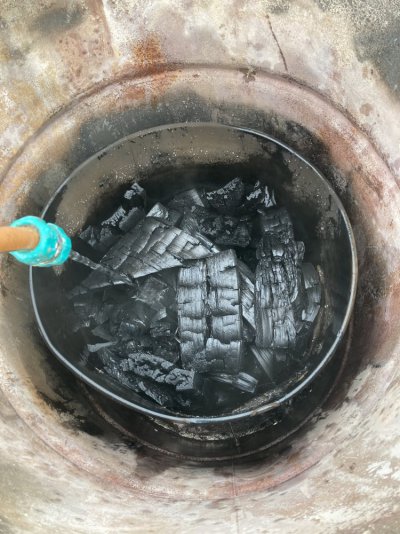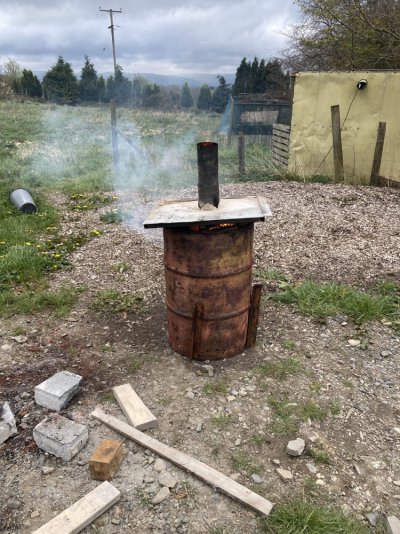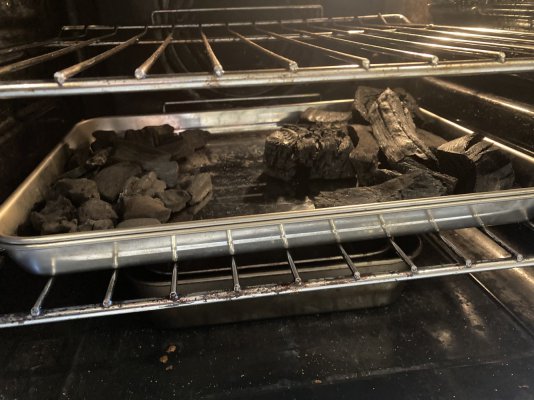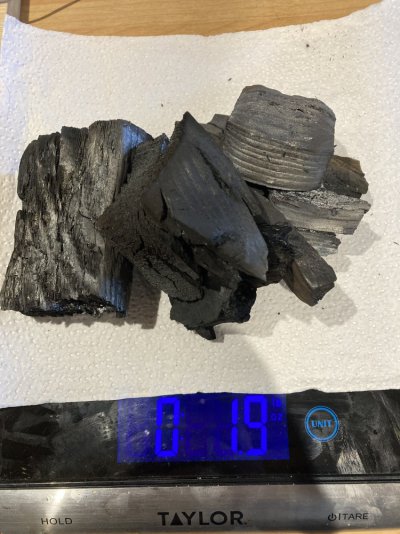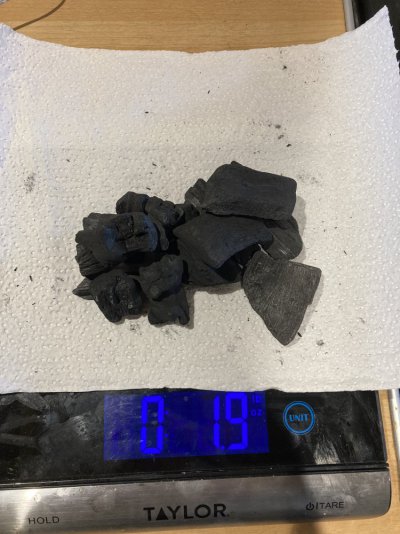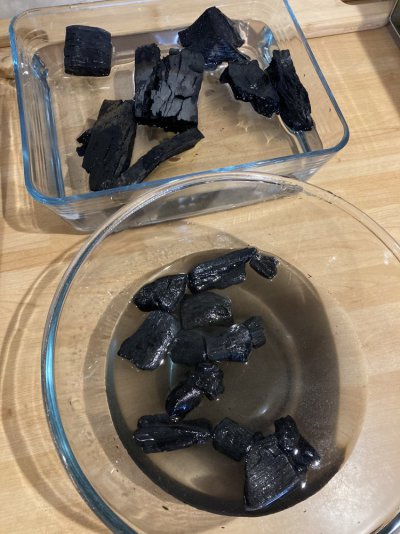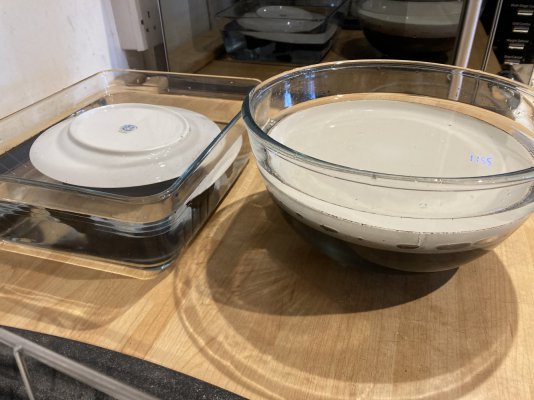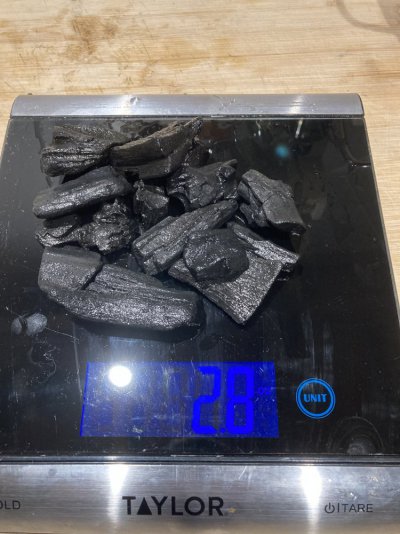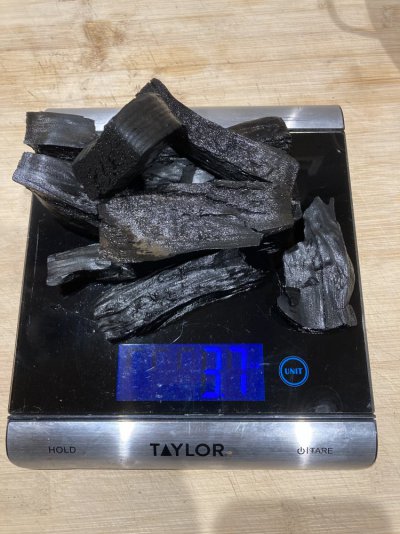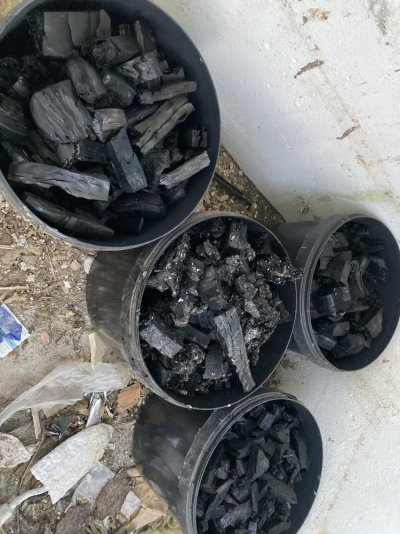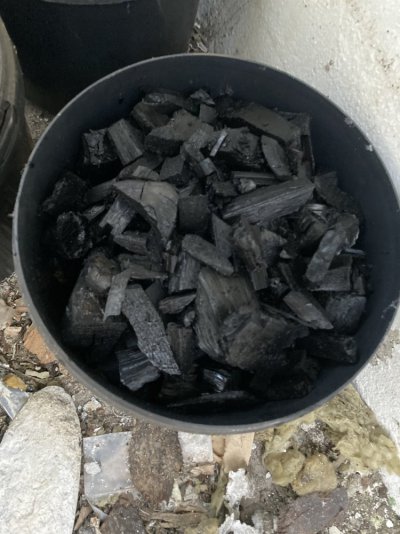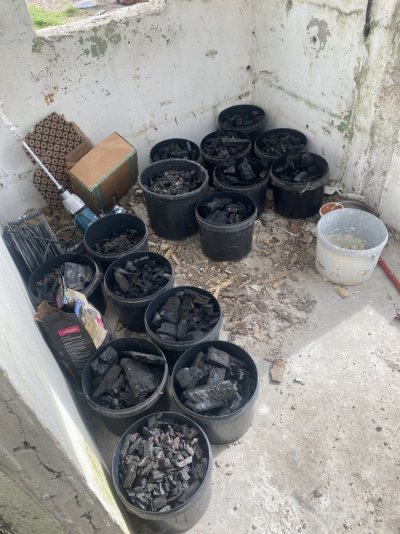Im going to use this thread as a way to keep notes on and share results from a new experimental IWI system that follows the same general “insulated render” formula as other systems such as hemp-lime, cork-lime and perlite-lime, however the primary insulating aggregate added to the lime binder will be Biochar instead of hemp, cork or perlite.
I’ve found one example of a similar thing being done by the Ithaka Institute, only they used clay as the binder instead of lime.
 www.ithaka-institut.org
www.ithaka-institut.org
The attributes of Biochar that indicate that it may have great value as an insulating material are:
1. Its low density / high porosity (google images of Biochar under microscope) which should trap lots of air and make a good insulation.
2. Its stability / longevity (Biochar is said to last for THOUSANDS of years even when buried in moist, life-rich soils). I’m hoping this translates to good mold-resistance on the wall.
3. Its moisture-absorption and desorption abilities (hopefully making it a great internal humidity buffer).
4. Its locality, accessibility and affordability (it can be manufactured at backyard scales from waste-stream woods that can often be freely or very cheaply obtained).
5. It’s non-toxicity (assuming you manufacture it from clean, untreated wood) and sustainability (it locks up carbon into the stable plaster like all bio-aggregates and can go right into the garden at the end of its life).
To give this a try I will be manufacturing my own Biochar, crushing it into a medium-grain aggregate and mixing it into a mostly non-hydraulic lime binder. I will then be thickly applying it (4- 6 cm total thickness in 2 or 3 coats) to the interior surface of cold, uninsulated, single-skin modern cement bricks that make up the walls of a small outbuilding which we are converting into a home office.
I’ll keep this thread updated with my progress. I’m very interested to see where this goes and I hope others will be as well.
I’ve found one example of a similar thing being done by the Ithaka Institute, only they used clay as the binder instead of lime.
Ithaka Institute - Building material
The attributes of Biochar that indicate that it may have great value as an insulating material are:
1. Its low density / high porosity (google images of Biochar under microscope) which should trap lots of air and make a good insulation.
2. Its stability / longevity (Biochar is said to last for THOUSANDS of years even when buried in moist, life-rich soils). I’m hoping this translates to good mold-resistance on the wall.
3. Its moisture-absorption and desorption abilities (hopefully making it a great internal humidity buffer).
4. Its locality, accessibility and affordability (it can be manufactured at backyard scales from waste-stream woods that can often be freely or very cheaply obtained).
5. It’s non-toxicity (assuming you manufacture it from clean, untreated wood) and sustainability (it locks up carbon into the stable plaster like all bio-aggregates and can go right into the garden at the end of its life).
To give this a try I will be manufacturing my own Biochar, crushing it into a medium-grain aggregate and mixing it into a mostly non-hydraulic lime binder. I will then be thickly applying it (4- 6 cm total thickness in 2 or 3 coats) to the interior surface of cold, uninsulated, single-skin modern cement bricks that make up the walls of a small outbuilding which we are converting into a home office.
I’ll keep this thread updated with my progress. I’m very interested to see where this goes and I hope others will be as well.

